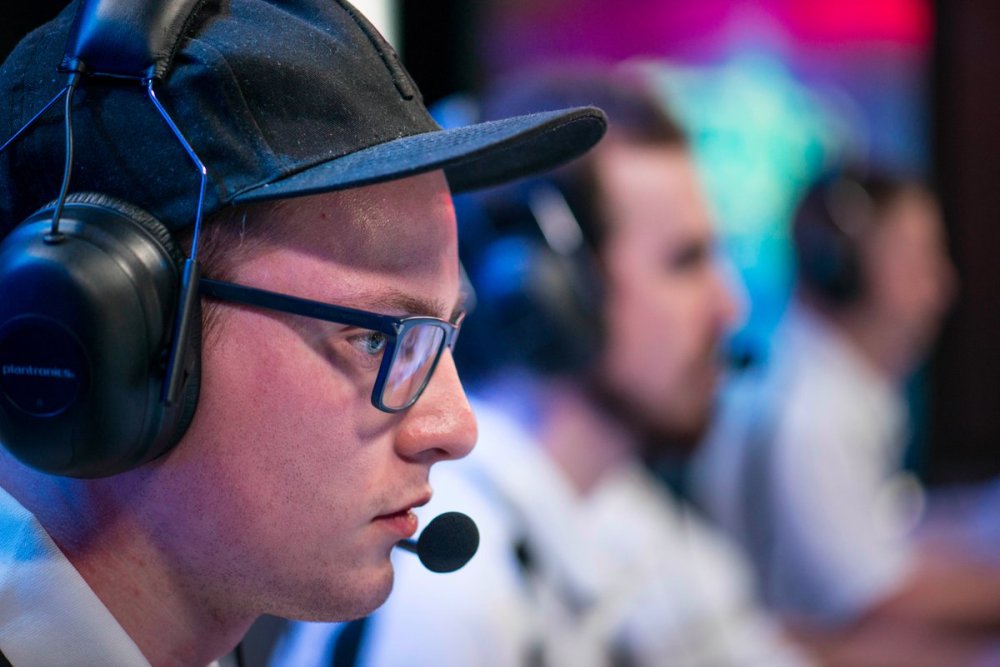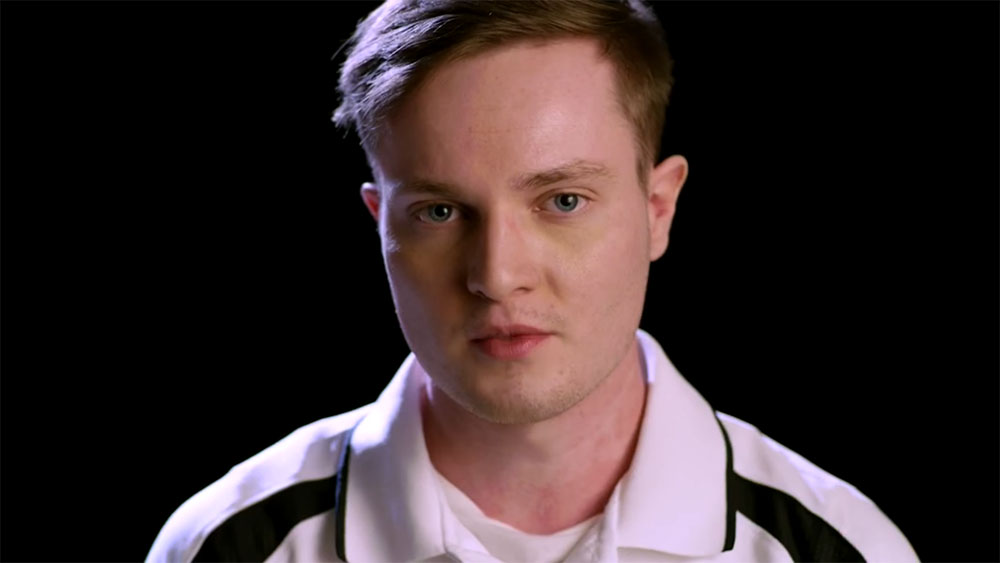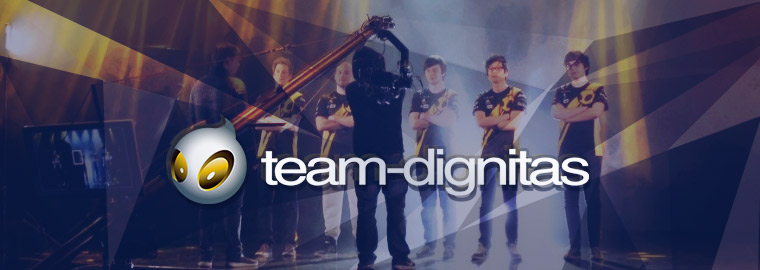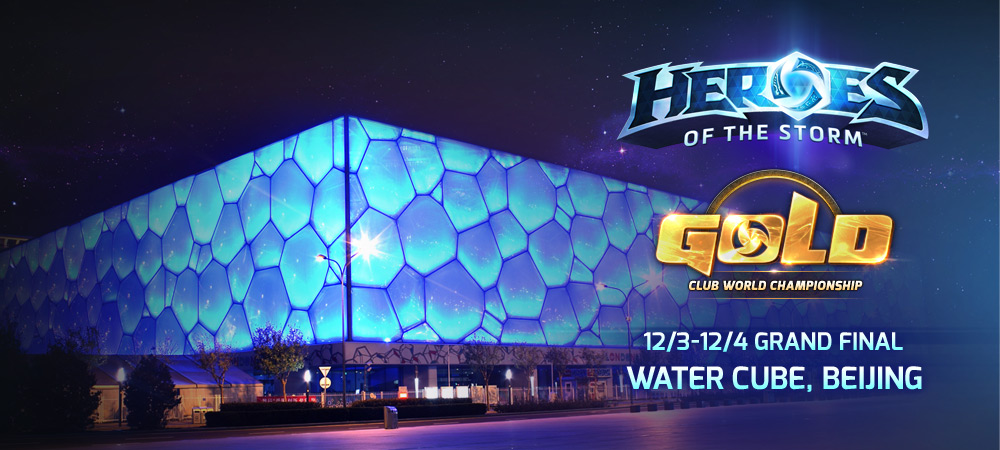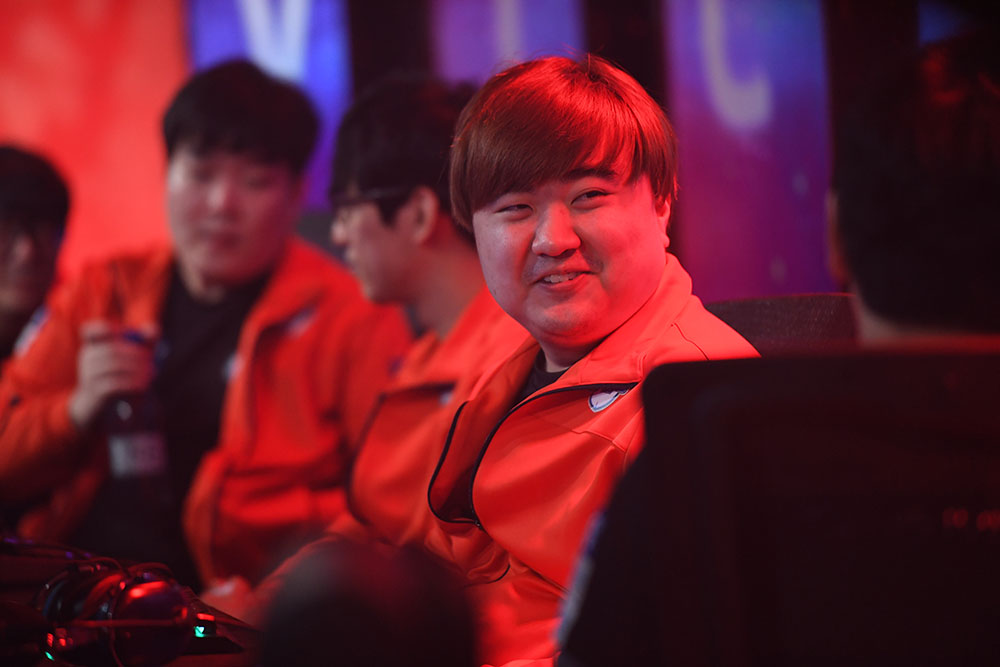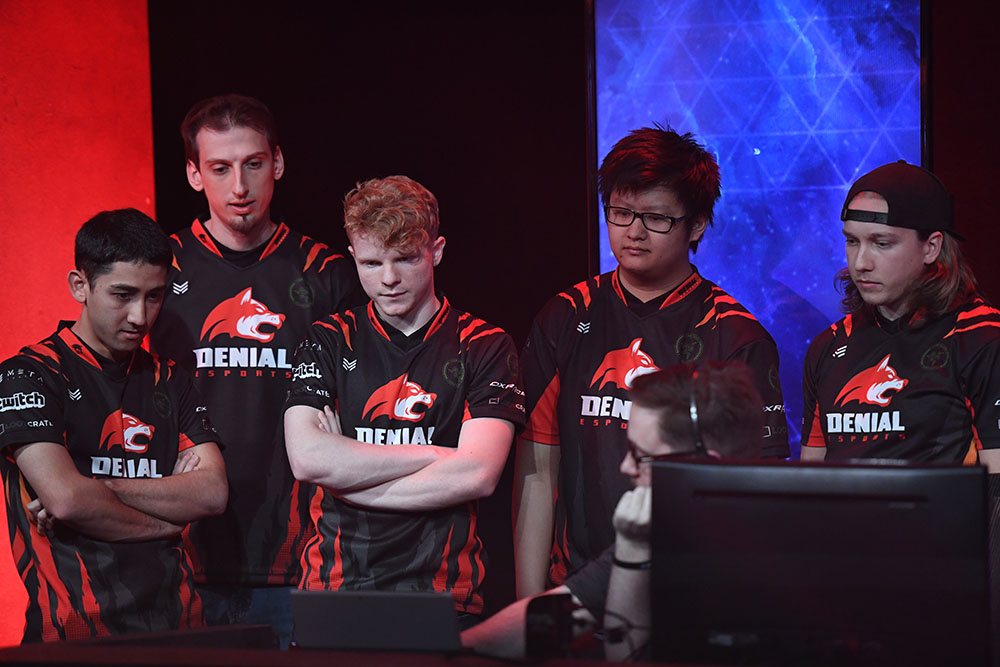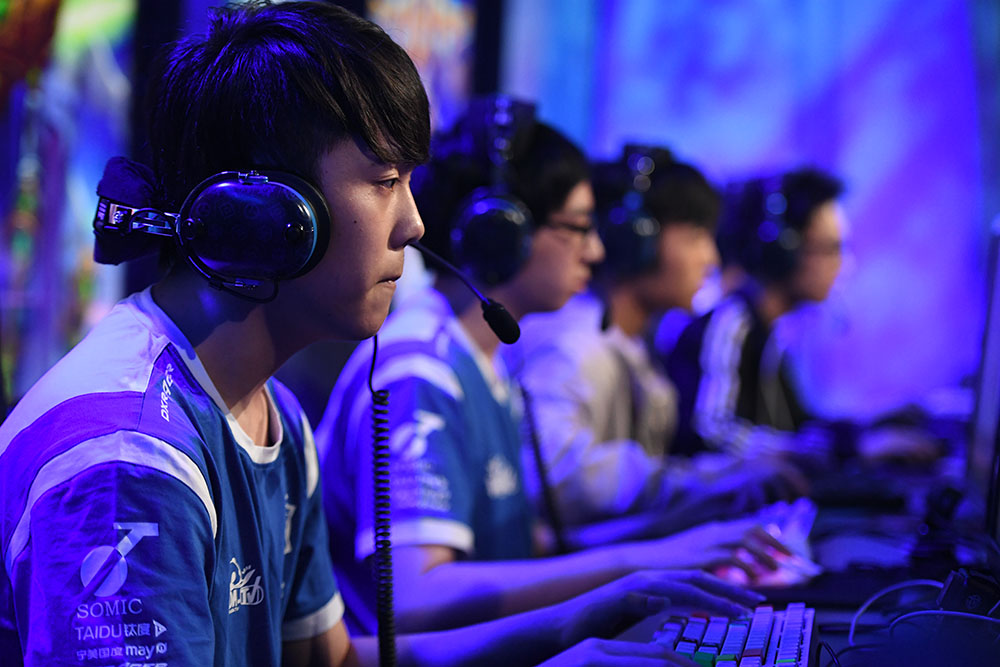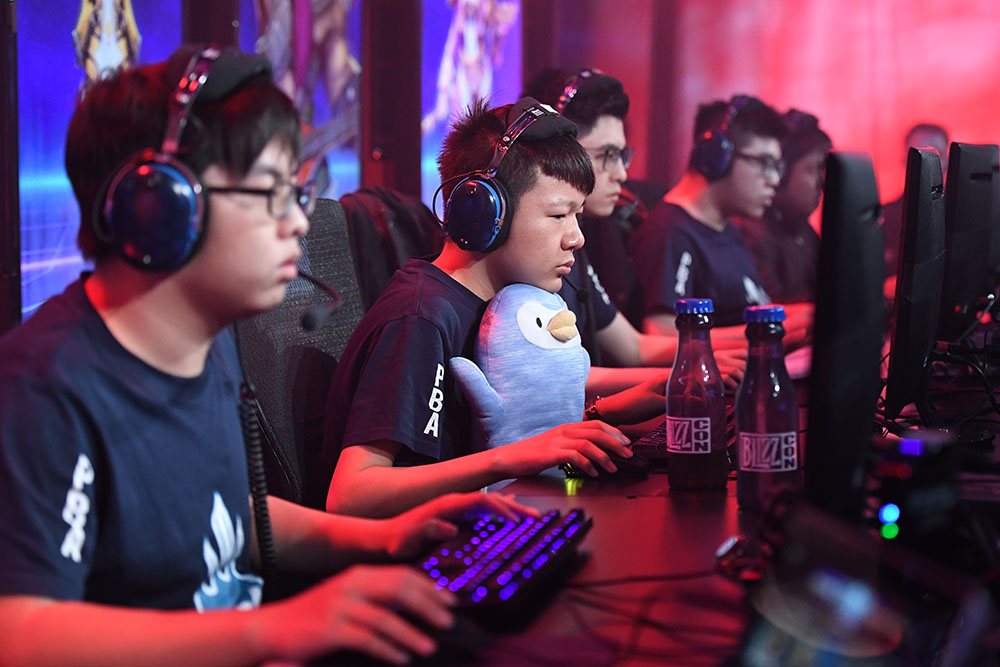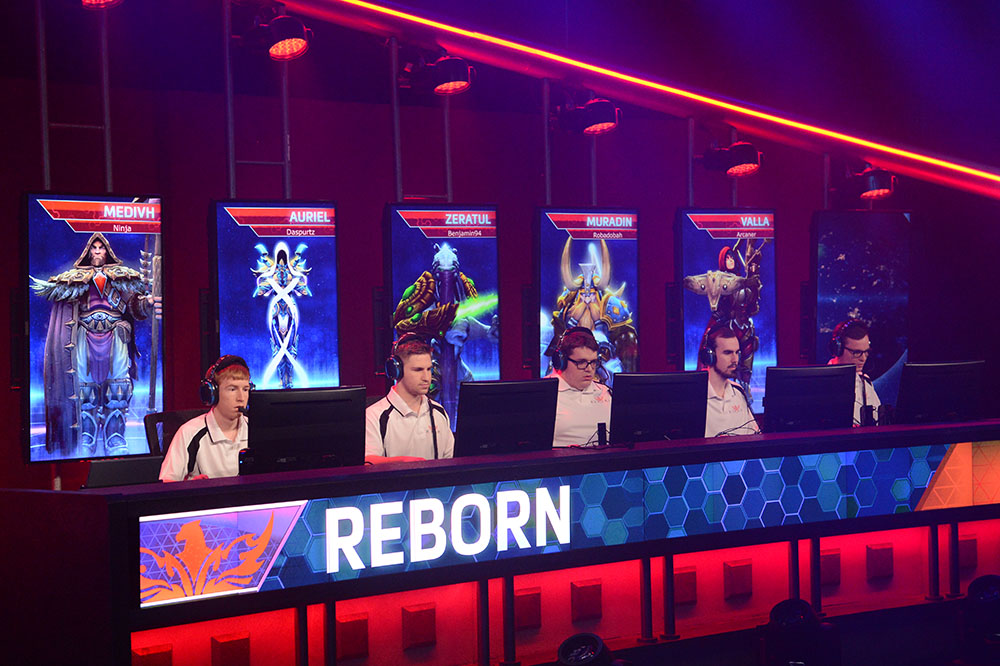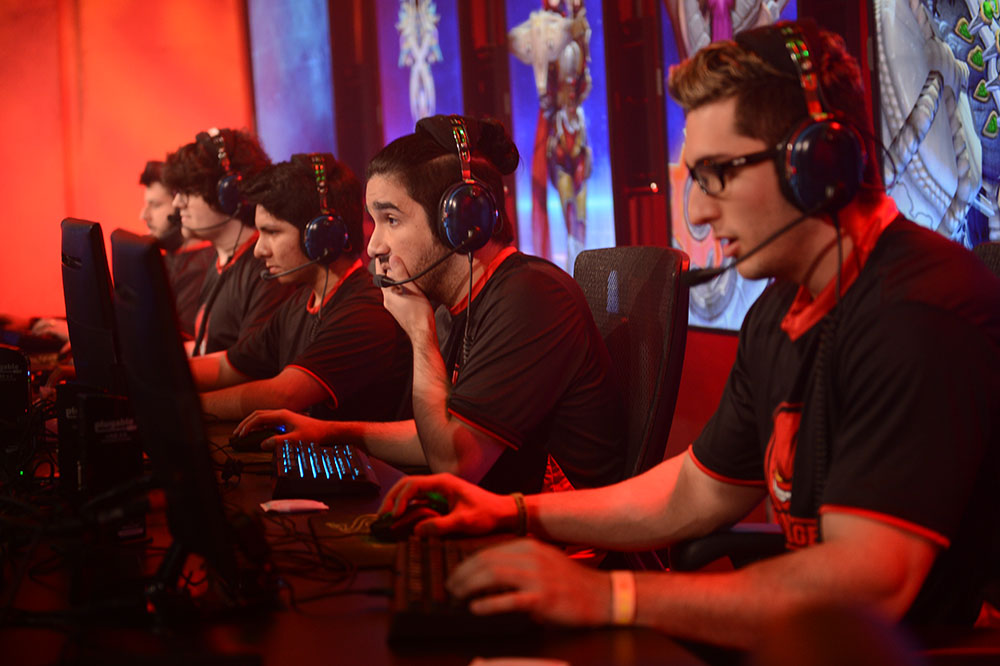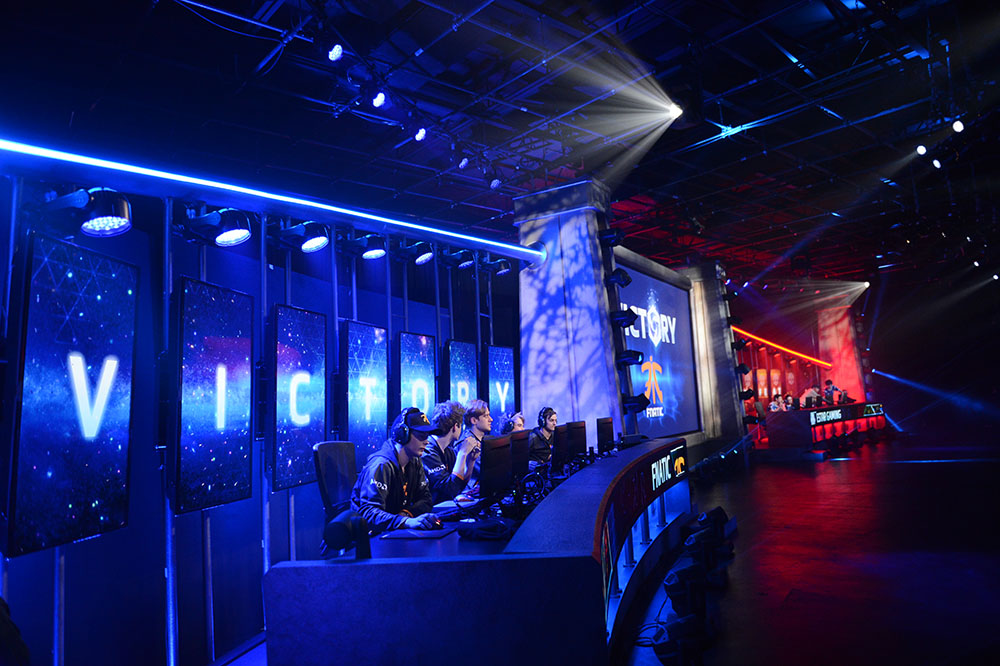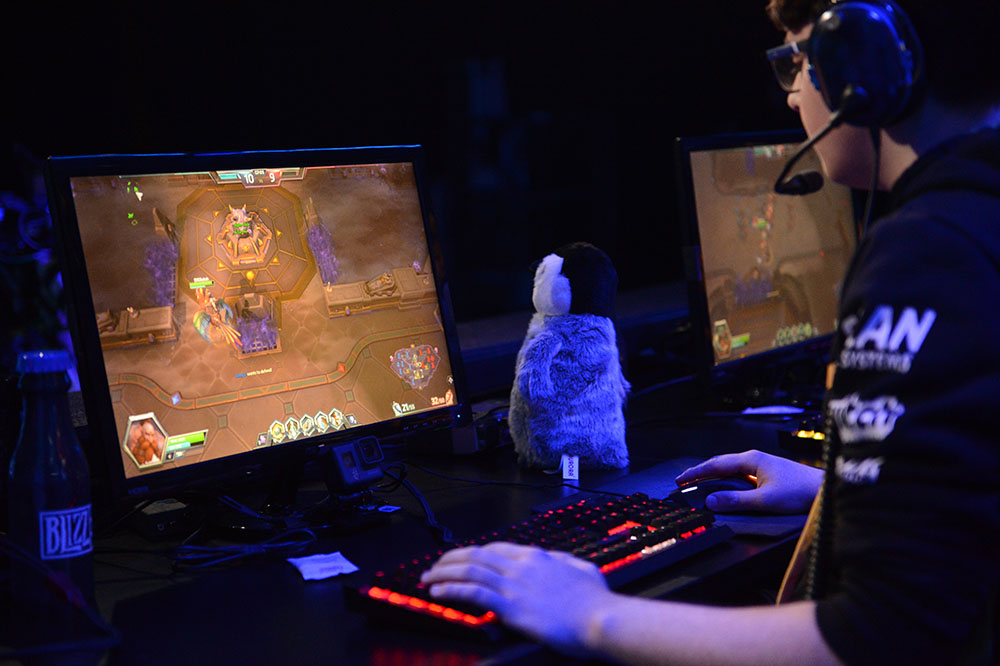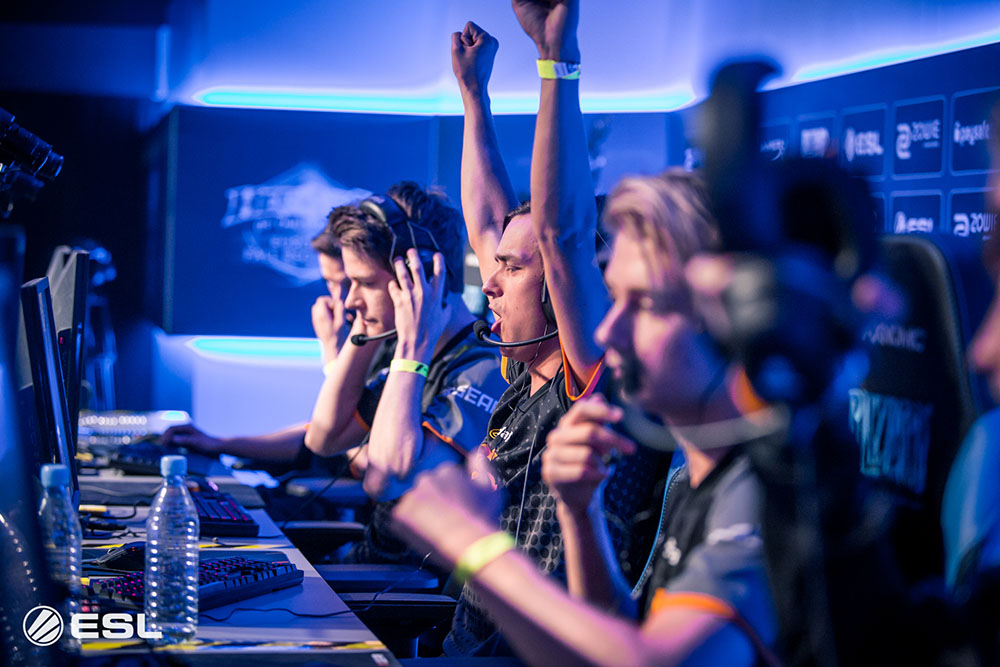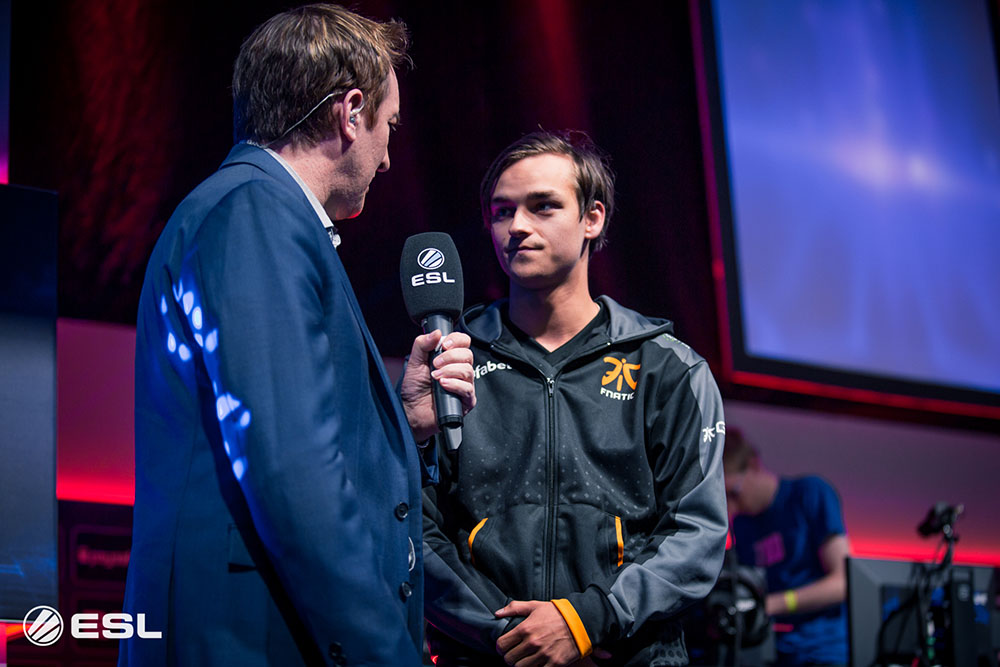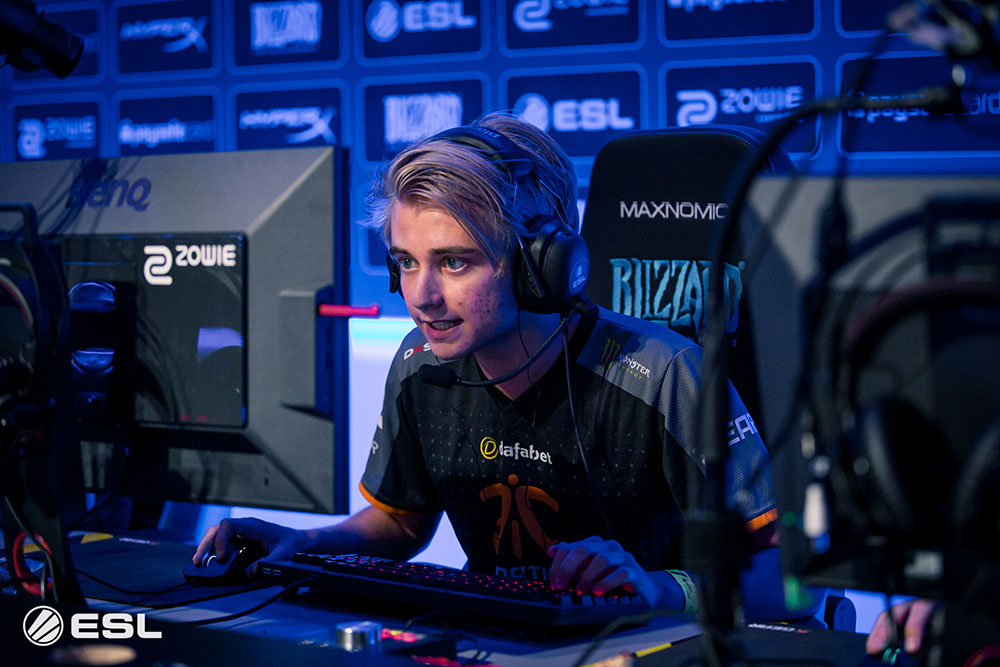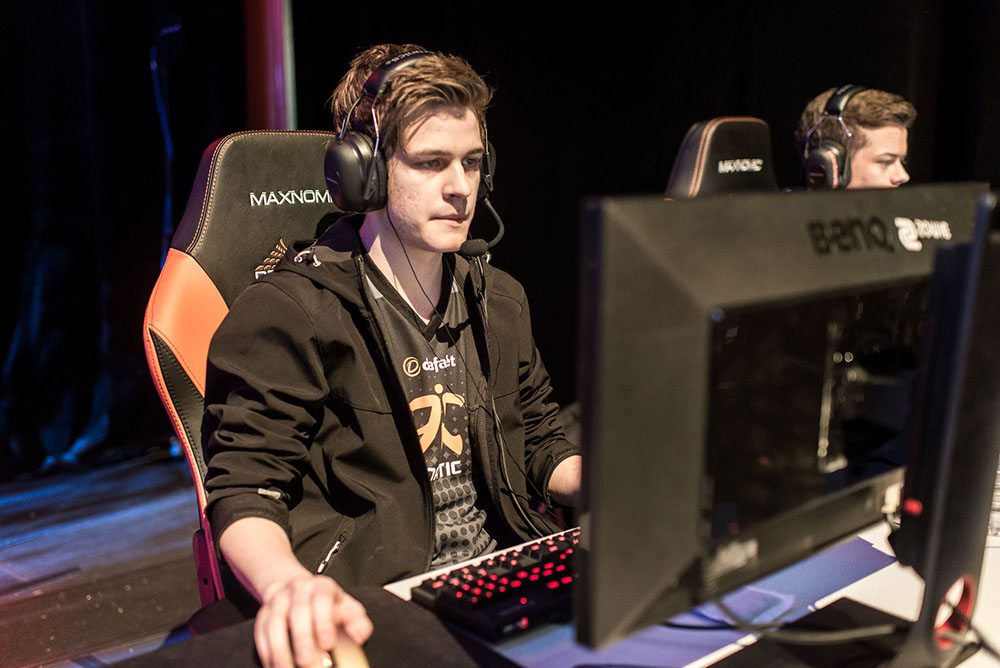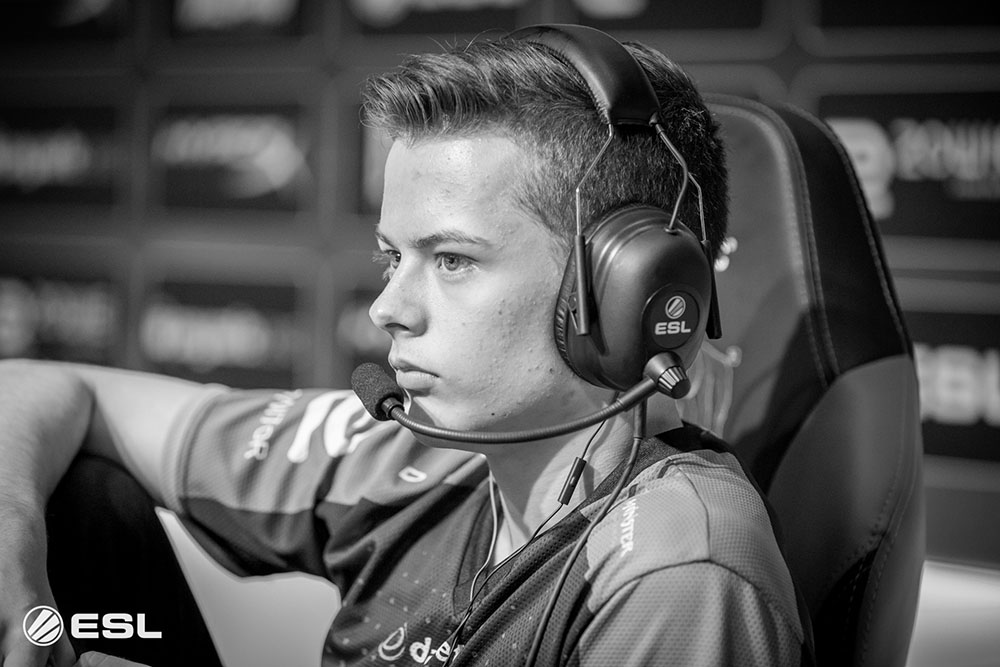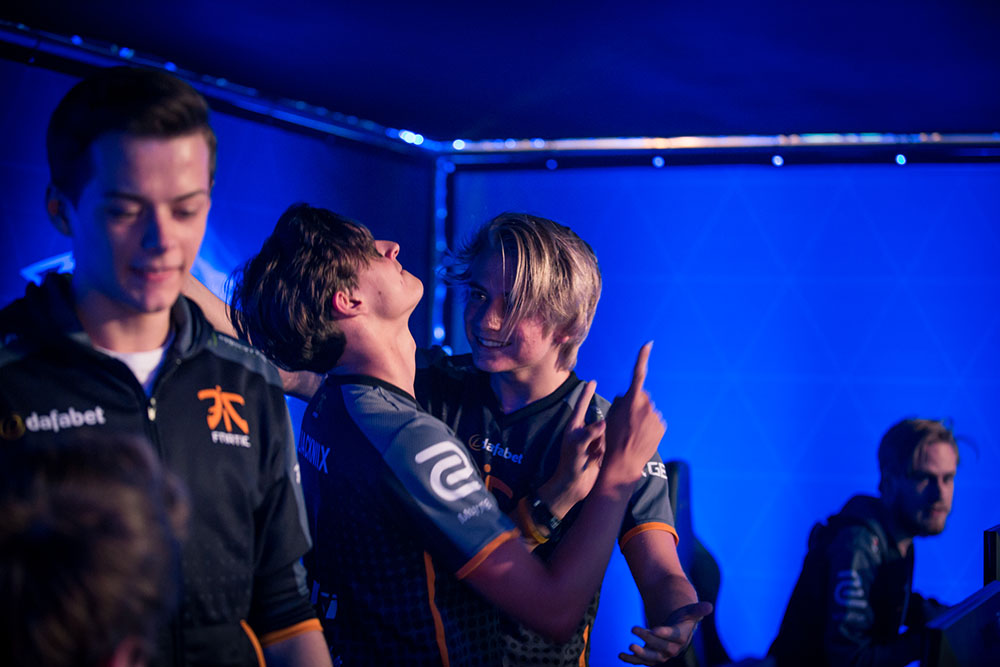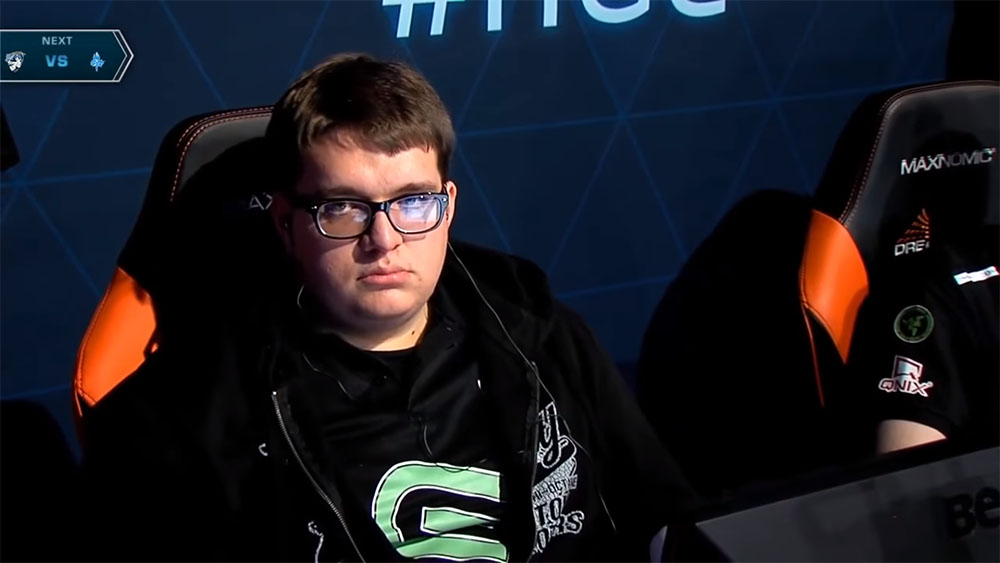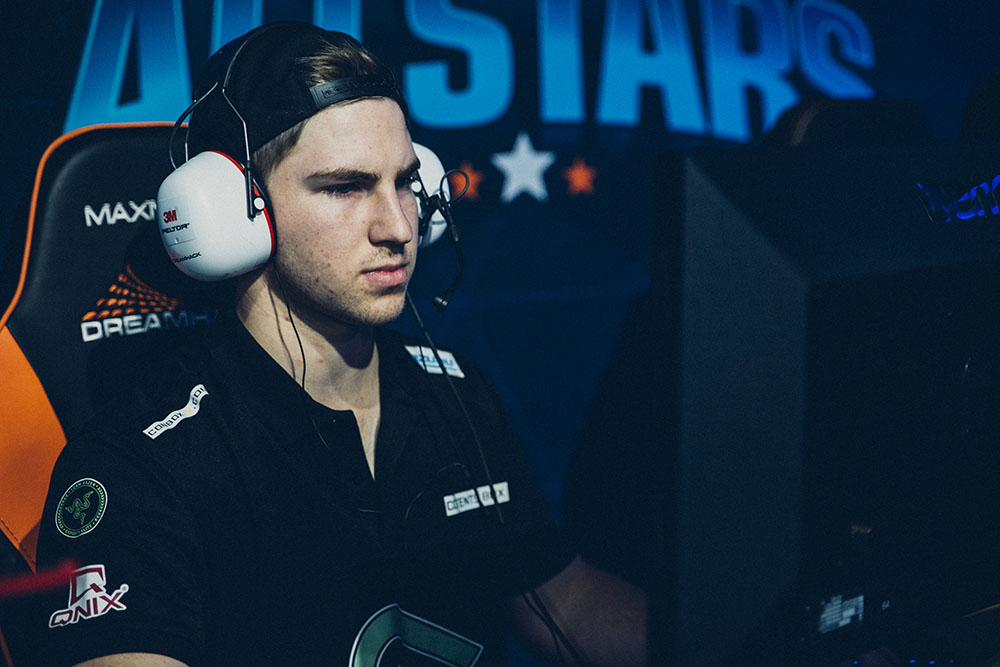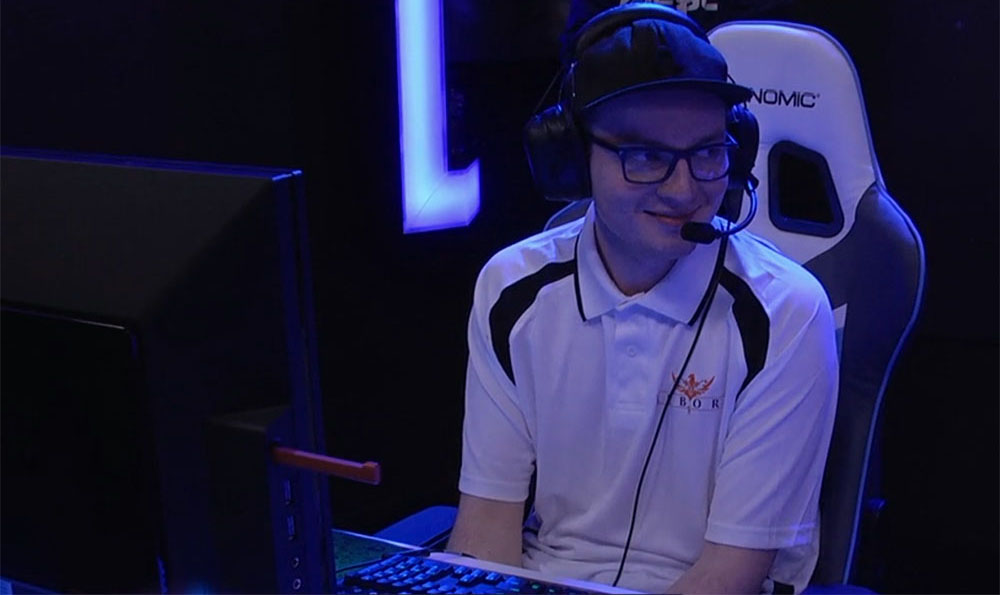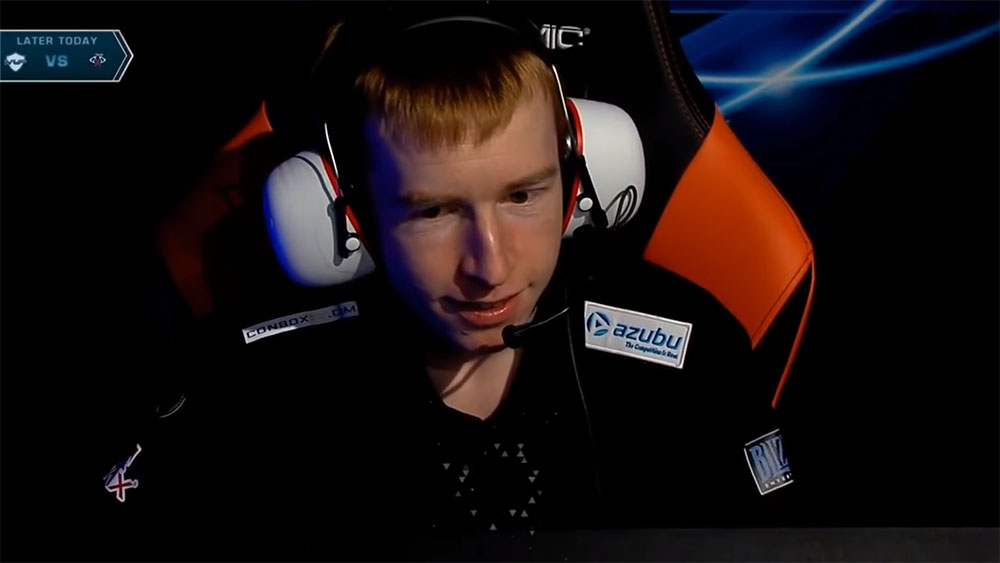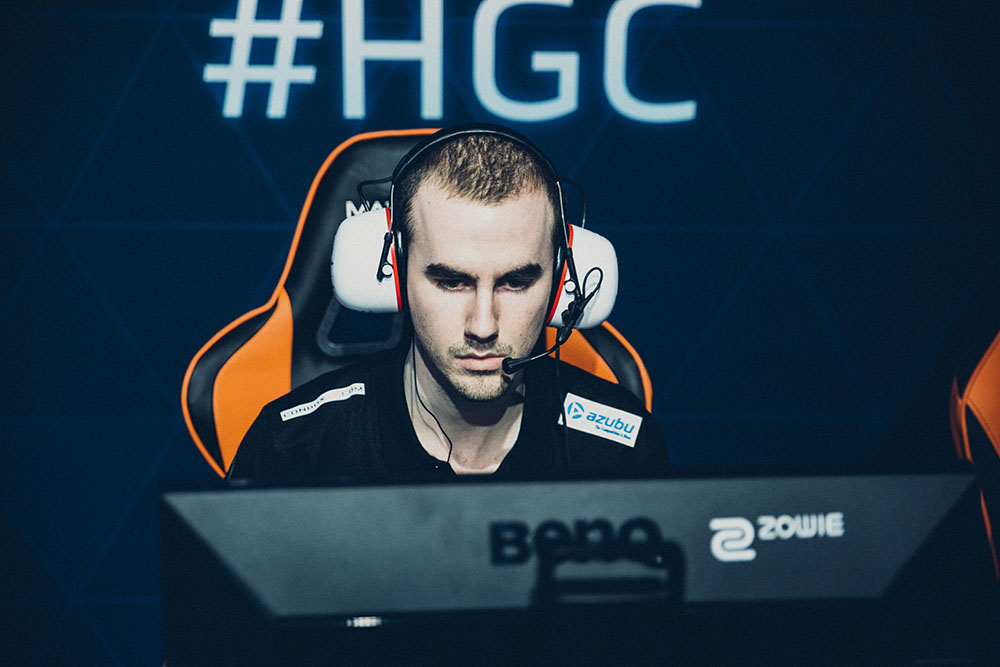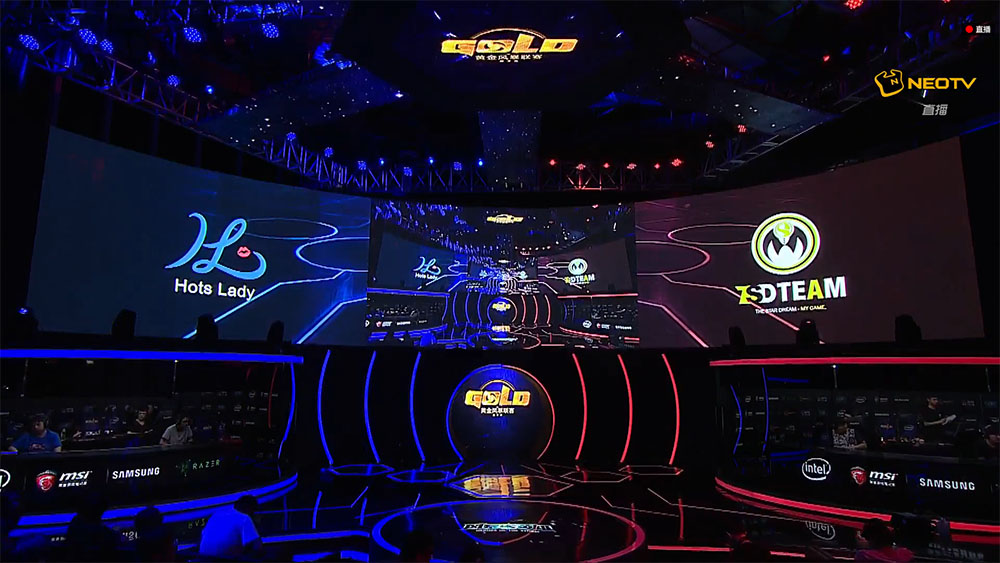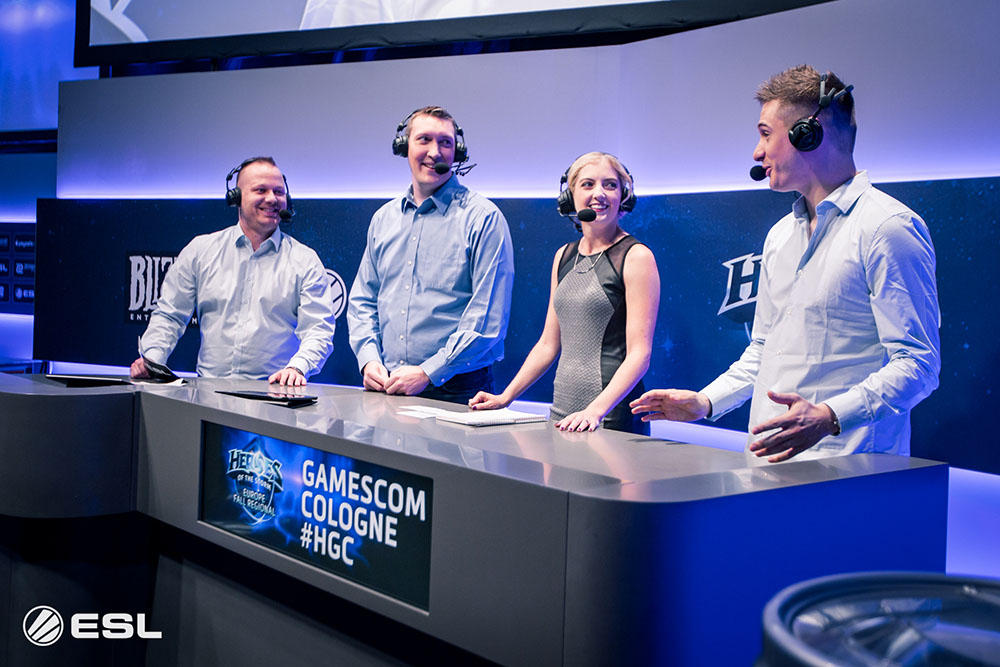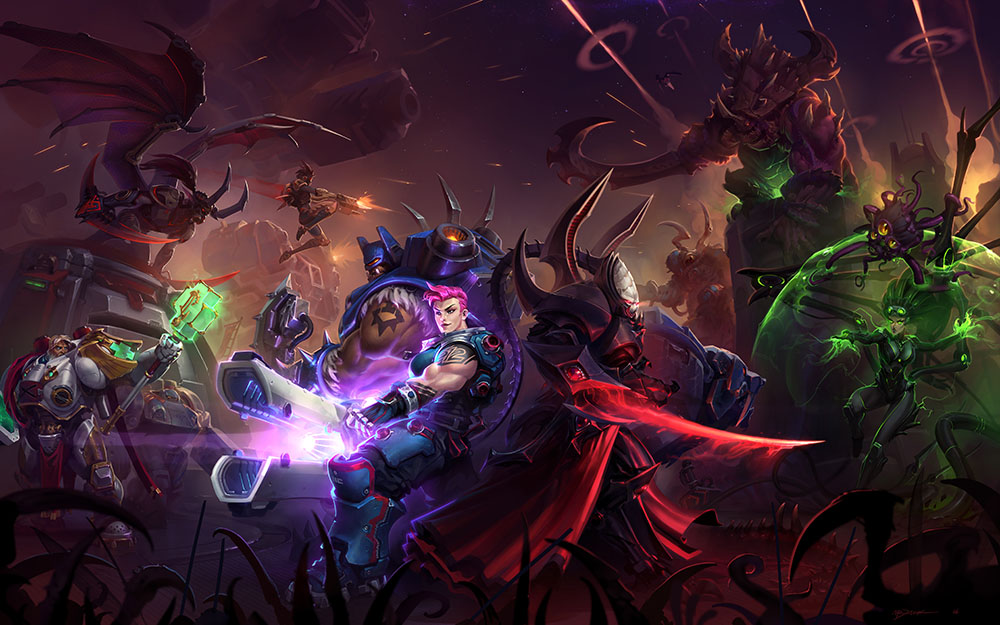Varian: First Impressions and Pro Opinions
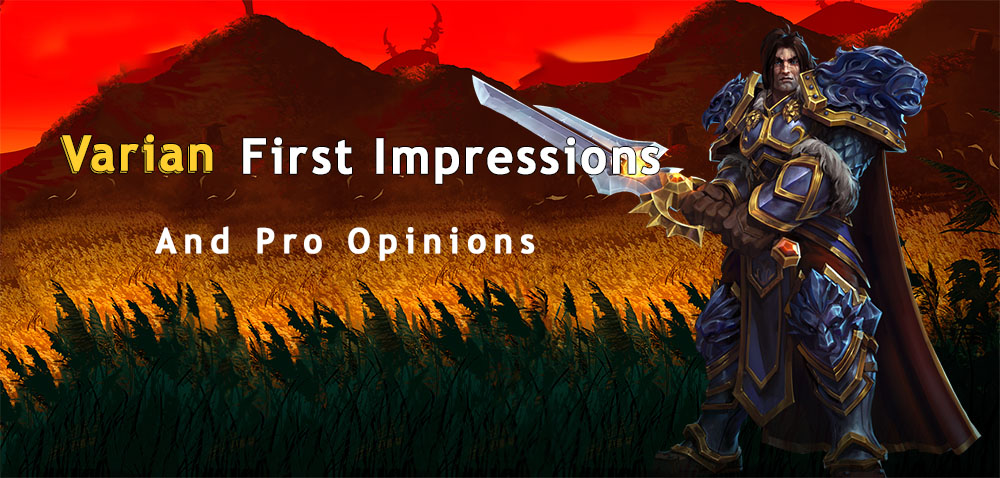
Written by: EsportsJohn
WoW nerd? Alliance fanboy? Professional lore historian? There’s a Hero for that.
Varian Wrynn comes into the Nexus as a new “multi-class” Hero, the first of his kind. While it’s not quite the “stance dance” Hero we were hoping for, being able to pick talents and choose between either a warrior or an assassin is a really cool mechanic that pushes the boundaries of the metagame. As the first of many, Varian is a revolutionary archetype for Heroes to come, and once again, Blizzard proves that they’re ready to defy the norms of the standard MOBA.
Strengths and Weaknesses
- Very versatile
- Tons of crowd control
- Can solo boss with Twin Blades
- Great situational talents
- Potentially huge burst
Weaknesses
- Poor waveclear
- Fairly weak before Heroics
- No reliable escape
Abilities
Varian is somewhat of an enigma. The mere fact that he can change his playstyle drastically at level 10 makes it particularly difficult to make any kind of overarching rules concerning his gameplay. It can be said, however, that his base kit is very bland and underwhelming. To accommodate later power spikes and differing roles, his basic abilities are undertuned and uninspired. It takes talents, particularly at levels 4 and 10, before his abilities start to feel like a natural part of the Hero. As a result, he’s an incomplete Hero pre-10 who tends to slow the team down on fast-paced maps like Dragon Shire or Tomb of the Spider Queen with his clunky movements.
His Trait, Heroic Strike, is basically a cooldown-based crit that you can reduce through auto-attacking. Fresh out of the box, this makes his damage pretty front-loaded. The level 1 talents Overpower and High King’s Quest can also provide more upfront damage. Twin Blades of Fury can convert his Trait into more sustained damage if necessary, but the other two Heroics definitely lend themselves to a bruiser-esque playstyle designed to lock down a target and take them quickly.

Screenshot Credit: Blizzard
Lion’s Fang and Charge represent the CC in Varian’s base kit. Perhaps the most important part of his kit, Charge comes baseline with a 75% one-second slow with a high cooldown—quite underwhelming. But with the upgrade of Warbringer at level 4, Charge gains a stun and has a greatly reduced cooldown, making it a terrifying click-stun on a six second cooldown. Lion’s Fang offers much weaker CC, but it’s the only AoE or ranged ability in his kit, making it crucial for wave clear and poke. Against a Varian who is chaining his CC properly, it’s very difficult to get away.
His defensive ability, Parry, works essentially the same as Illidan’s Evasion. The small difference is that Varian has two charges of Parry, allowing players to use it a bit more strategically to block damage or proc effects like Overpower. Parry can even be upgraded to prevent all damage at level 4, but you have to give up Warbringer in return since there are only two choices. It’s important to note, however, that unlike Evasion, Parry does not block the slow from forts and keeps.
At level 10, Varian gains access to one of three Heroics that greatly change his playstyle. This is the turning point for players trying to decide how they want to play him: Taunt equals tank; Colossus Smash equals bruiser; and Twin Blades of Fury equals assassin. Taunt adds another powerful form of CC that allows tank Varian to hold someone more or less in place for nearly four seconds while your allied team wails on them. Twin Blades of Fury greatly increases your attack speed, gives a move speed bonus on attack, and greatly increases the CDR on Heroic Strike so it procs more often. Combined with the CC he already has in his base kit, assassin Varian is very sticky and does a ton of sustained damage. Colossus Smash is essentially the one-shot talent which allows bruiser Varian to instantly delete someone with the aid of his allies.
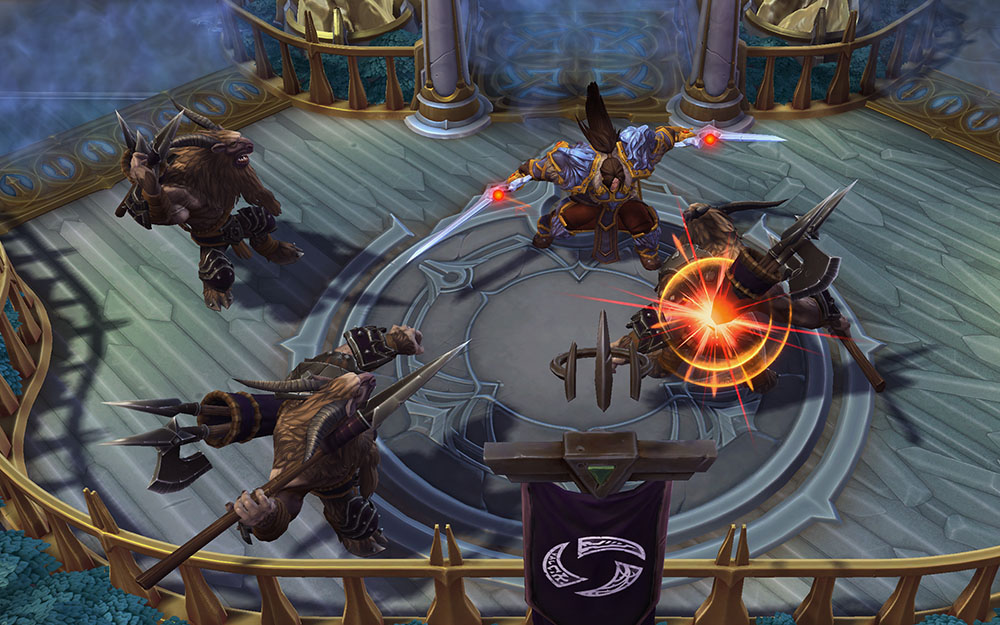
Screenshot Credit: Blizzard
All of the Heroics come with passive perks and drawbacks which need to be considered. The result of a slower attack speed, less health, or lower damage needs to be compensated for ahead of time with other talent choices, creating a fairly diverse set of choices for Varian builds. For instance, you might take High King’s Quest at level one to make up for the damage you lose from Twin Blades of Fury or maybe you go for Victory Rush instead of Second Wind for sustain on 7 because of the reduced attack speed from Taunt.
Unlike a similar tank or assassin, he lacks any solid form of disengage; once he’s in, he’s in. Even with Parry, Varian can get into some real trouble if he decides to Charge someone at the wrong time.
Talents
Varian’s talents are obviously the most important part of his kit because they dictate how he will be played. The most influential set of talents are obviously his Heroics, but choices at other tiers can adversely affect his entire playstyle, moreso than any other Hero in the game.
For instance, his first big power spike at level 4 only gives you two choices: Shield Wall or Warbringer. Shield Wall is pure survivability while Warbringer is an incredible boost in CC; ignoring Heroics, this already makes Varian either a tankier dive-in, dive out type of Hero or a hard engage Hero. The same goes for his level 7 talents. Second Wind gets way more healing value than Victory Rush when you pick Twin Blades because of the increased attack speed but pales in comparison with Taunt. In many ways, the talent you pick at 7 justifies the talent you pick at 10.
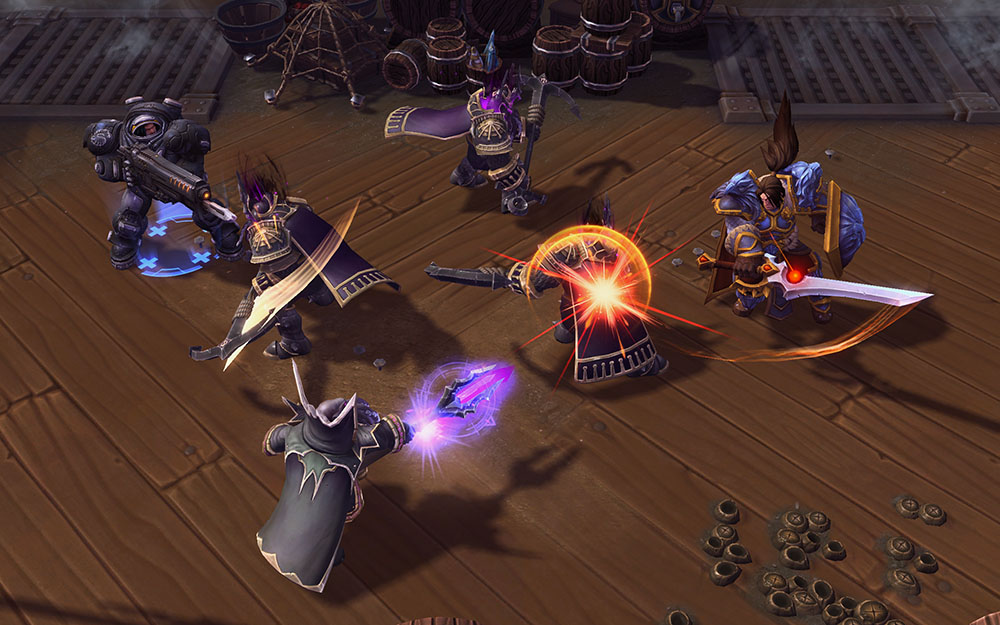
Screenshot Credit: Blizzard
Level 13 is Varian’s utility talent selection. Here can select between three banners which have different effects: speed, damage mitigation, or ability power. Each banner has a large chunk of health and quite a large radius. Currently, the Banner of Ironforge outperforms the others by a great margin. A team-wide 25% reduction in damage is just too powerful to turn down in a teamfight.
Levels 16 and 20 have perhaps the most leeway in usage and can be used with any Heroic. Though some options at 16 lend themselves to certain playstyles like Mortal Strike’s synergy with Twin Blades, any talent is plausible depending on the situation. Shattering Throw is a unique ability that specifically targets shields and is a must have against a Hero like Zarya or Tassadar who rely largely on shields to mitigate damage. The level 20 upgrades for the Heroics are slight but nonetheless make Varian much stronger in his chosen role. If the team needs a bit more overall utility, you can instead opt for Glory to the Alliance to help your team sustain through a long fight or Demoralizing Shout to counter the enemy team’s burst. This is where his talents really start to branch out a bit and give players more opportunities to slightly alter their playstyle rather than define it.
Professional Opinions
On Kit, Design, and Implementation
Blumbi, Misfits
Both [his kit and design] look very promising. This hero will have his place in the meta. Tank Varian feels like an improved Johanna. You are pretty tanky and have one engage tool, one defense tool, and one slow. You trade being a bit less tankier than Johanna for having a click-stun on 6 second cooldown and a lot more utility for the team.
Daihuu, Vox Nihili
Yeah, I think he’s very strong, I haven’t had any chance to play him that much, but a point-and-click stun on a six second cooldown is super omega good. I’ve never felt so troll in my life—just waiting for the Malf silence sound to play, and then I just click him and it goes away.I tried him as tank, but his other two are OP too. Colossus Smash just one-shots whoever he yells at, and Twin Blades doesn’t die with his Second Wind talent. Blizzard might have been done it too right with Varian.
Disconcur, ANZ Caster
Varian’s kit changes over the course of the game. At first, his kit can feel quite bland, as his primary abilities only really offer him a gap closer, peeling, and minor damage mitigation along with a Trait which seems to offer up only a tiny damage bonus. However, it is the character’s design and how “flexible” a player can be with it that truly sets Varian apart from others.His flexibility is all tied into his talent selections, as they allow a player to customize Varian to meet their desired playstyle (inside the realm of Warrior/Assassin anyway). You can feel these decisions being made as early as level 4 when players are presented with Varian’s first power spike: Shield Wall and Warbringer. Each provides a buff to one of the primary abilities and suddenly change his playstyle and kit. Warbringer changes the slowing effect of the Charge ability to a stun instead, which in turns gives Varian a nice hard form of CC. This increases his capability for 1v1 fights, engaging, and even peeling for a teammate. With Shield Wall, he can take a lot more damage with Parry. This is a massive front line/damage mitigation tool. [After 4], the “bland” kit I talked about now has a huge spark and flare to it: a hard stun or strong damage mitigation.
I feel the flexibility element is a little flawed, however, as a lot of talents seem to synergize with each other, meaning a lot of players are going to get locked into a path. If you take Shield Wall, you’ve pretty much locked yourself into taking Taunt at 10. If you grab Second Wind at level 7, you are most likely grabbing Twin Blades of Fury as your Heroic. Even looking at the level 13 Banner selection, you are kind of not counterpicking vs the other team or choosing what you would like; you’re taking your team’s comp into consideration and what is best for it. While players can always do what they want at the end of the day, I still feel Blizzard kind of made optional paths for each “type” of Varian and did not provide many “counterplay” talents for Varian.
The multi-class nature of Varian makes him a flexible hero, and I feel it is a good design choice. However, I would have liked a stronger “counterplay” talent [selection]. All in all, the choice of playstyle is nice, and I have enjoyed that feeling going into games.
Gela, Pro player and Streamer
Alright, well, the design is pretty cool, and I was happy Blizzard wanted to do something like this. I really like the idea, the idea of making him super versatile so that he could adjust to almost any setup, BUT—there is always a but :D—first, I looked at him and thought: “Wow, that should be super OP”, but when he came out, sadly, it’s not like that at all. And I, personally, think that he needs some buffs. Not to every build, but his tank and Colossus Heroics definitely need that.
JSchritte, Burning Rage
I can talk about my impressions as a bruiser, [it has] so much potential. He can burst any DPS/healer—80% HP in one combo at level 13. His ultimate (Colossus Smash) is broken. It’s like a Tyrande [trait] with burst damage and a low cooldown. One burst combo plus any skill damage from another DPS, the target will die.The main disadvantage is his waveclear. If you play him like a bruiser, you probably need to put him in a solo lane, and if it’s a map with an important solo lane, you will lose the lane.
I also played him like a tank, but I don’t know what to say because it isn’t my playstyle. I liked the kite with Taunt, then invulnerable two times, but I don’t know…we have broken Muradin and E.T.C. for global, Mosh Pit, etc. The AA build, I have not tested enough to say anything, but if you need an AA DPS, maybe a better pick is Illidan or Samuro?
KendricSwissh, EU Commentator and Streamer
People might know me as the biggest Alliance fanboy to ever be created. But in all seriousness, I really do think that Varian paves the way for a spectacular design idea. The ability to adapt and switch your role according to the team composition and flow of the game creates a new form of in-game depth that we didn’t have before.Varian’s kit is strong and versatile. However, some aspects could see future changes, such as Taunt and other defensive talents in his tree. I’ve heard people telling me that his Basic Abilities are rather unexciting, but I only agree to a certain extent. In my opinion, Varian feels dynamic and explosive. He immediately brought back the love and good memories I linked to Warriors in vanilla World of WarCraft.
OPrime, KR Caster and Coach
Varian doesn’t really have the best vanilla skillset, but he gets a huge power spike at level 4 and becomes a “complete” hero at level 10. His presence in teamfights is very respectable. His level 4 stun is something enemy heroes have to watch out for, and all of his ultimates bring an oomph to teamfights.
TBKzord, NA Caster
Varian has a unique kit. In some ways, it very much lives up to the “three heroes in one” mantra. Varian is probably one of the most, if not the most, adaptable hero, not only to your comp, but the enemy comp and even the map choice. From a design perspective, Varian is definitely one of the “easier” heroes that Blizzard has released, at least considering the last few. He is much more “point-and-click” oriented, though he does have some great nuances, such as the effective use of Parry, Taunt, stutter stepping, and body blocking, especially with his Twin Blades ultimate.
On Professional Play and Meta Changes
Blumbi, Misfits
Especially as long as Tassadar and Tracer are in the meta, he will be in the meta. Even without those heroes, he will probably be strong enough to be a meta pick because of his chain CC and utility for the team.
Disconcur, ANZ Caster
I think most regions will welcome him into their rosters, as he is a flexible character and thus will find his way into a variety of comps a lot easier. With a hard engage playstyle being one of his options, I feel Korea, ANZ, and SEA will be definitely see him in the their drafts.He offers an interesting position during drafting because selecting Varian doesn’t provide information on how he will be playing.
Gela, Pro player and Streamer
He is a cool guy, so I hope [he’ll be played] whenever Blizzard gives him a small buff. But right now, I’m really not sure about it. There are a lot of other good heroes.
JSchritte, Burning Rage
I don’t know [about Varian in Asia/EU] because Zeratul now is so strong, and Korea and China prioritize this Hero a lot—and with changes to Illidan too. I really don’t know if this is the type of Asian/EU [Hero]. EU, I think not because EU plays more strategically, and I believe Varian is for being more aggressive with pick offs, etc.
KendricSwissh, EU Commentator and Streamer
If certain issues with his kit get addressed (i.e. his tank talents being a bit underwhelming and his general weak early game pre-10), I think Varian has what it takes to become a very relevant factor. Even in his current state, I expect the Fury build to be utilized in competitive play fairly soon, especially on larger maps that feature multiple mercenary and boss camps. My personal favorite, the burst-heavy Colossus Smash build, certainly does have situational value, too. Similar to Tyrande’s Hunter’s Mark, the Vulnerable effect it applies can greatly boost your team’s performance on Battlefield of Eternity, for instance.
OPrime, KR Caster and Coach
To avoid [drafting] problems, some Korean teams are actually experimenting with using Varian as a replacement for the ranged flex position. All in all, I think Varian is a very solid hero, but I’m not sure whether he will be immediately used in competitive play.
TBKzord, NA Caster
I think the variability of his talent tree/ultimate choice and the potential for some element of surprise in draft will almost guarantee that he will show up in some shape or form in the Heroes meta as a whole. Just judging from some of the tweets I have seen, I would expect Korea to be one of the first to really experiment with him. Though, we might get some surprises in the final HGC qualifier, as he will be allowed at that time.
On Map and Composition Viability
Blumbi, Misfits
Every map. BoE might be especially good for him, as he can easily CC chain by timing the E on a boss-stun when you defend your immortal, so its really dangerous for the enemy team to walk up.
Disconcur, ANZ Caster
I think Varian will always do well alongside another warrior with some form of lockdown or displacement ability (Johanna, Muradin, ETC, Diablo) or burst damage characters (Kerrigan, Li-Ming, Butcher, Greymane).Waveclear isn’t one of Varian’s strong points, so maps like Dragon Shire and Battlefield of Eternity should play out well for him. However, I don’t think any map will be bad for him. Maps with a lot of mercenaries will work in his favor, as he is quite a capable headhunter.
Gela, Pro player and Streamer
As I said, he can fit into almost anything. It’s really hard to say right now looking at Hotslogs stats what would be the coolest setup for him, as his tank build is almost never used and Twin Blades is being used almost everywhere. So I guess people want him to be like a melee assassin or maybe a bruiser. Anyways, he fits in any setup, but right now maybe not on any map. I think his damage before level 10 is pretty weak. He also has no waveclear and is a pretty bad solo laner, in my opinion. I haven’t had any problems [laning] against Varian. It makes him hard to play on early game maps such as Tomb, Dragon Shire, BoE, Braxis, Blackheart’s (yes, this is not an early game map, but he is doing nothing here early, which is important to note). But at the same time, he is doing well on Warhead, Cursed, and Garden, so you can see how his power grows by being in a game longer and not losing early.
JSchritte, Burning Rage
I’m not going to talk about Varian’s tanky Taunt build since I think there are numerous other Heroes such as Muradin, E.T.C., Johanna, Arthas, or Chen who all fulfill this role much more efficiently.Thus, let’s talk about his other two playstyles, namely “Arms” (featuring Colossus Smash at Level 10) and “Fury”. Arms can see a lot of play if two requirements are met. Firstly, the map should have an objective that needs to taken down as fast as possible. Battlefield of Eternity, Garden of Terror, Dragon Shire, or Infernal Shrines would be examples of those kinds of maps. Secondly, your team needs to have decent burst damage (e.g. Li-Ming or Jaina) to follow up on Varian’s Colossus Smash—otherwise his engagement would go to waste.
Fury is less situational. It has a larger tolerance in terms of team composition and maps. Generally speaking, a Fury Varian can oftentimes be compared to Illidan in the way the team composition around him should be built, which means drafting a strong Support or even 1.5 Supports featuring Tassadar. Fury Varian becomes particularly powerful on maps that feature mercenary and boss camps that he can easily solo at or after Level 10. I do, however, want to highlight that it is still wiser to clear those camps together. Please don’t rush to clearing boss camps without carefully thinking about it and, most importantly, informing your allies in time.
KendricSwissh, EU Commentator and Streamer
If certain issues with his kit get addressed (i.e. his tank talents being a bit underwhelming and his general weak early game pre-10), I think Varian has what it takes to become a very relevant factor. Even in his current state, I expect the Fury build to be utilized in competitive play fairly soon, especially on larger maps that feature multiple mercenary and boss camps. My personal favorite, the burst-heavy Colossus Smash build, certainly does have situational value, too. Similar to Tyrande’s Hunter’s Mark, the Vulnerable effect it applies can greatly boost your team’s performance on Battlefield of Eternity, for instance.
OPrime, KR Caster and Coach
His chief weakness is the fact that he doesn’t really have anything to offer during the early game laning phase. He can’t really solo the lane well because he’s a melee with no self heal, and his waveclear is bad. So he’s not too useful on two-lane maps.He becomes a decent ganker when he gets his stun at level 4, but before then he can’t really do anything, which means he’s not suited to being the main tank/source of CC. If he’s drafted as the off-tank, it usually leaves the team composition without a good solo laner.
TBKzord, NA Caster
Due to the nature of Varian’s kit, you can really find a place for him in most compositions or maps. I think in this case, the question is more like “How will you run him?”His tank build really has all the tools you need for a solo/main tank. With a taunt on a low cooldown, damage reduction or complete negation from Parry, and the potential of a gap-closing point-and-click slow/stun, plus extra health, you should be able to be a good front line for your team and peel where needed.
Colossus Smash is probably the most team-oriented ult. In my experience, you can really maximize the use of this build with a full team as a dive comp or one that can focus the target of Colossus Smash and get the full value of the vulnerability—as well as a dead enemy hero.
Twin Blades of Fury fills out Varian’s kit with a fantastic assassin build. Not only does Varian do a significant amount of sustained damage with this build, but with his Second Wind talent at level 7, it also enables him to solo mercenary camps with ease—as well as Golem bosses as early as level 10! This ultimate also allows him to be incredibly “sticky” to his intended target [since he gains] movement speed every time his basic attacks are used.
Final Thoughts
Blumbi, Misfits
My prediction: Tank-Varian (I tested the tank spec only) will be picked in this meta, which means Arthas and Leoric might show up more again. The permanent slow from Arthas and Entomb from Leoric are really annoying to deal with as a tank who has no escape. You realize it when you play Johanna, and Varian is actually really similar to her. You are really tanky, but you have no escape like Muradin, ETC, or Tyrael, which makes you vulnerable once you engage.
Daihuu, Vox Nihili
Broken. Quote me on that lmao.
darkmok, Misfits
I’m afraid I haven’t played him enough to give useful info, but I can just tell you that I like him! 😀
Disconcur, ANZ Caster
I think Varian’s design is a good direction, and I would like to see Blizzard attempt this with a few more heroes. But I think they do need to look at improving the talent tree a bit more to allow for some more match-based choices and not “build direction and synergy” choices.I think he is good xD. Like a good strong hero, all his builds are good. However, I feel his tanking is his weakest. His DPS builds are much stronger and more impactfull. I am very much looking forward to seeing Varian in Competitive play.
Gela, Pro player and Streamer
Well…I thought about it, and I like the idea but, at the very least, I think Blizzard shouldn’t have added such a small talent pool. This hero, literally, has three builds, but only like two talents on level 4. Maybe this is the problem with him not being such a good hero too: not enough damage as well as not enough talents to fit in every build.
JSchritte, Burning Rage
[As a bruiser], he is viable on maps without an important solo lane, has burst damage with a low CD, maybe [good in] one tank + two bruisers meta (idk), has good talents [that let] you choose in different games (levels 13 and 16), and has good sustain on maps where you fight in waves (level 7 talent).
KendricSwissh, EU Commentator and Streamer
Personally, I’m quite happy with the way Varian turned out. While there is still room for improvement—especially his weak early game pre-10 and some of his tank talents—his model and his voice files look and sound amazing and really deliver 100% Alliance goodness.Something I would have loved to see with Varian is the so-called “stance dance” which allows World of Warcraft warriors to quickly hop between stances depending on which situation they find themselves in. Yet, I do understand that this concept would probably be too hard to balance in a MOBA environment. Still, I imagine such a mechanic to be extremely interesting.
TBKzord, NA Caster
I would be remiss if I didn’t mention some of the unique and even completely new mechanics that Varian’s talents have. First, his Banners at level 13 are extremely cool, as they give you yet another way to augment your team. Have a team with low mobility? Grab the Banner of Stormwind to speed your team along. Having trouble with squishies getting bursted down too fast? Grab the Banner of Ironforge for a chunk of damage resistance. Want to make that Li-Ming or Kael’thas even crazier? Grab the Banner of Dalaran for some more ability damage.Second, his level 16 talents are extremely unique. Mortal Strike adds a second heal reduction [talent] to the game, and at an even earlier level than Xul’s—though, albeit, it’s single-target. And lastly, Shattering Throw brings a completely new mechanic to the game. Up until this point, the only thing that could counter shielding was direct damage. This gives you an ability that will practically delete any shield, plus gives you extra passive damage against them! Niche, yes. Another awesome tool in your toolkit? You bet.
Huge thanks to everyone who contributed their thoughts and opinions! You are the true Heroes of the Storm!
Also, props to RallyJaffa for Korean translations!
EsportsJohn is a freelance esports journalist who loves collaborating with other people and sharing opinions. You can follow him on Twitter or help support him on Patreon.
